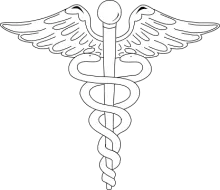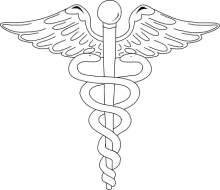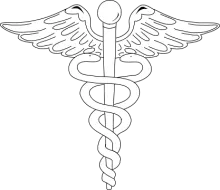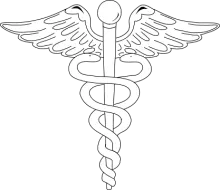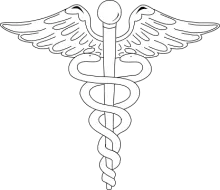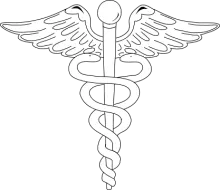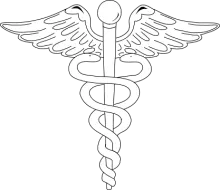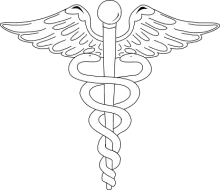Back pain and the opioid epidemic
The opioid epidemic has led many respected health groups to reconsider the value of a conservative approach to low back pain (the most common condition for which opioids are prescribed). Most notably, the American College of Physicians (ACP), the largest medical-specialty society in the world, updated its low back pain treatment guideline to support a conservative approach to care.
- Read more about Back pain and the opioid epidemic
- Log in to post comments
